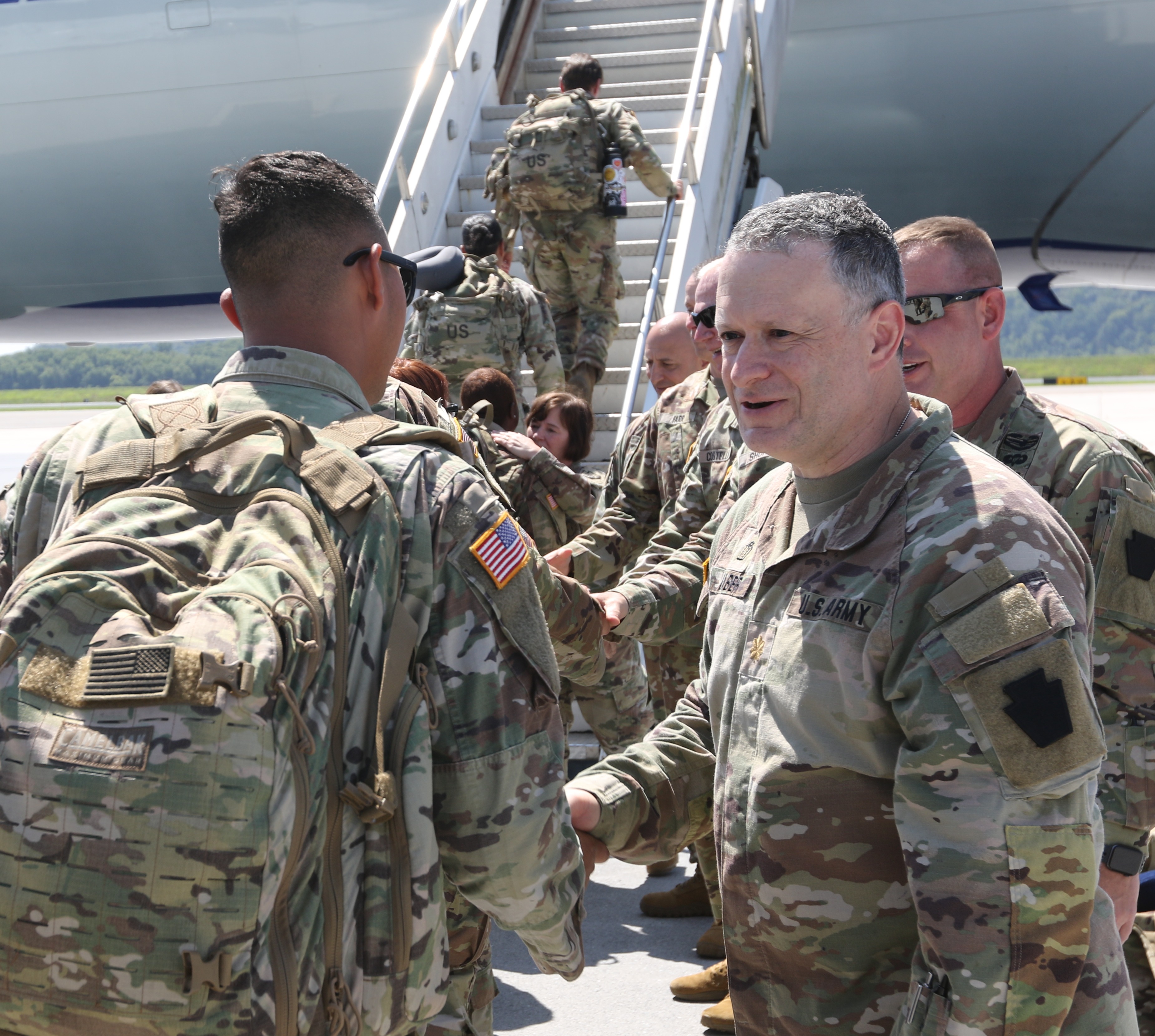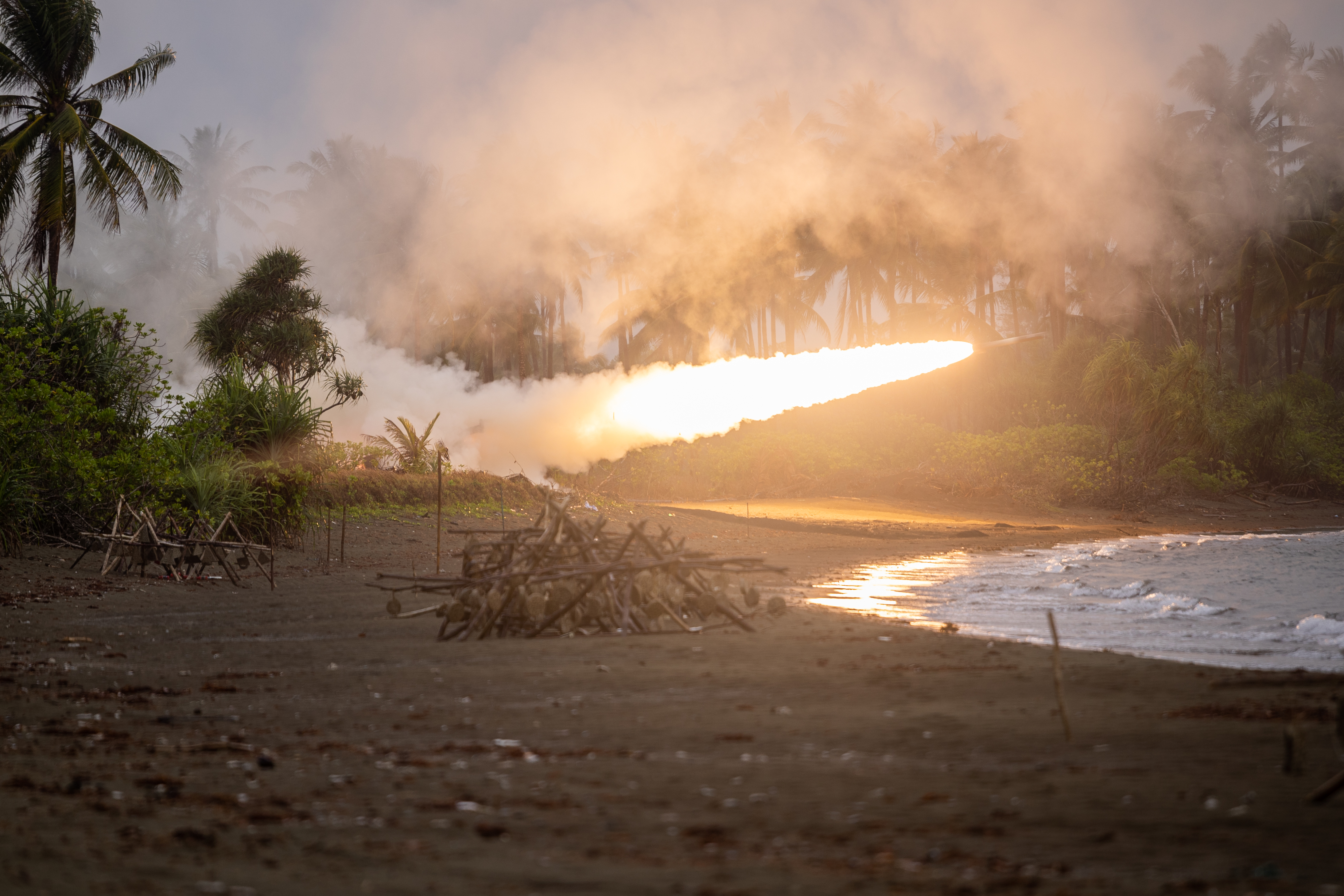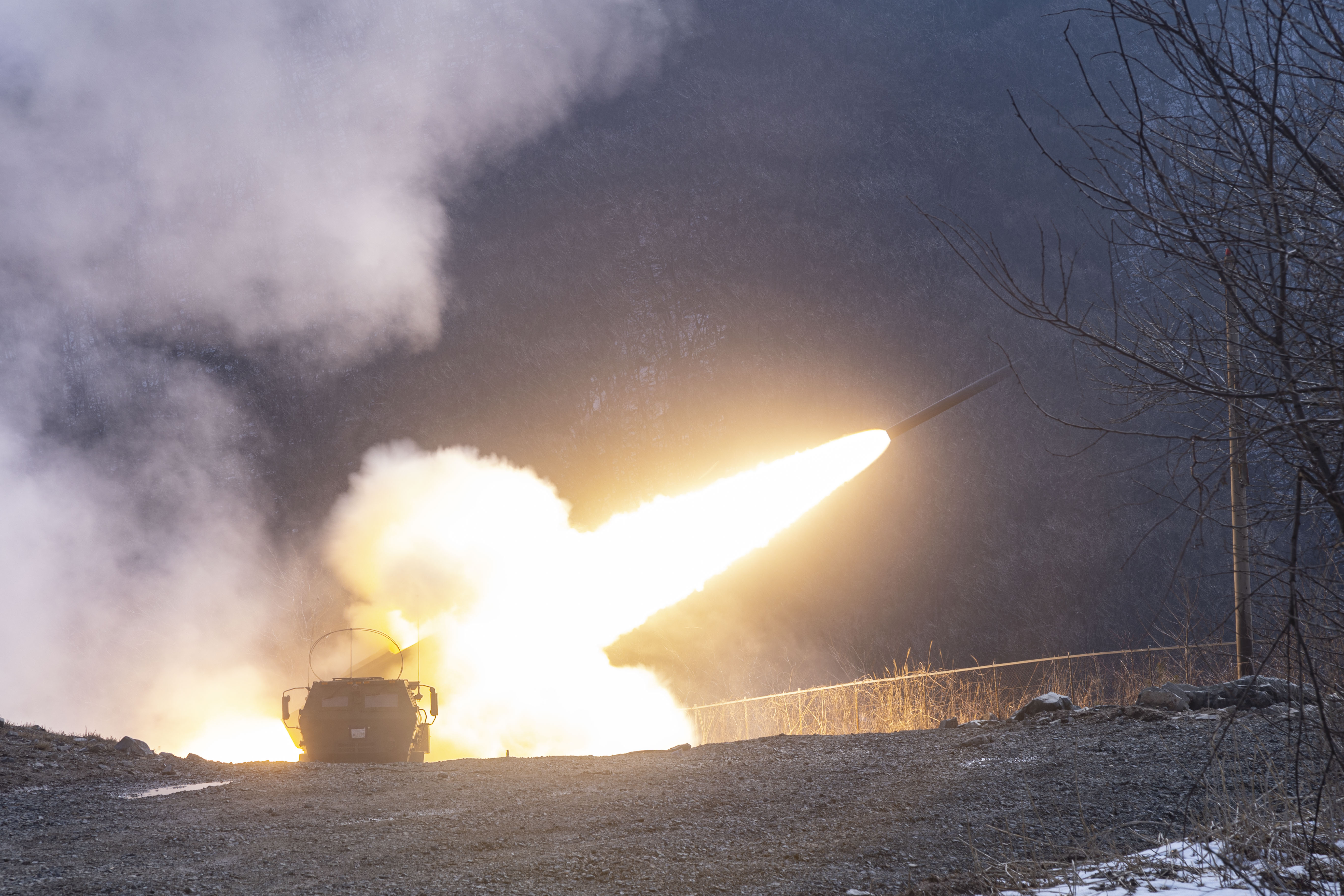[ad_1]
The Army’s answer to training partner forces — its security force assistance brigades — is proving as helpful to the trainers as the students.
Col. Brandon Teague, commander of the 5th Security Force Assistance Brigade, or SFAB, at Joint Base Lewis-McChord, or JBLM, Washington, spoke with Army Times on Monday at the Association of the U.S. Army’s Annual Meeting and Exposition about the brigade’s work in the Pacific and how it’s growing the Army’s capacity to operate in the region.
For instance, the Thai military has been working in recent years with the SFAB on training and maintaining its Stryker units through an SFAB partnership using a specially trained team of Stryker advisors from the 7th Infantry Division, also at JBLM, and a unit from the Washington Army National Guard, Teague said.
RELATED

The first SFAB units were formed in 2017 to fill a conventional military partner training force mission, first in Afghanistan. The brigades tailor their deployments down to the small-unit level, dispatching teams of no more than a dozen soldiers led by a captain to just about every combatant command across the globe.
“Even though we’re helping the partner, it’s mutual,” Teague said.
The arrangement came about because the combatant commanders across the globe, but especially in the Pacific, have requested more SFAB personnel across their areas as the brigades have grown, the colonel said.
While the work is keeping the Thai Stryker units moving, having a solid system for obtaining parts and conducting maintenance on the crucial vehicle also helps U.S. soldiers, Teague said.
That’s because should there be a ground fight in the region involving U.S. Strykers, they’ll likely need parts.
Early partnership and coordination ensures that should the Army need to lean on a partner, it can, Teague said.
In even more foundational areas, the SFAB’s work is building out a knowledge base that could save soldiers’ lives.
“The first line of care is buddy aid, the person on your left and right,” Teague said. “And the people in 5th SFAB’s left and right are our partners that we’re partnered with.”
For the first time, the Army sent a maneuver advisor team to Mongolia this year, which is assisting the nation’s military in preparing a platoon of Mongolian soldiers for a February rotation at the Joint Pacific Multinational Readiness Center in Alaska, Teague said.
That follows years of training the next-door neighbor of China’s military in leadership fundamentals. One of the first requests from Mongolian military officials to the Army was to help them set up a noncommissioned officers academy, which the Mongolian military now runs.
The major focus areas for the SFABs, Teague said, involve aligning the people, technical aspects and procedures between the U.S. and partner units.
For example, during the current Joint Pacific Multinational Readiness Center rotation that the unit is conducting with the 25th Infantry Division in Hawaii this month, the SFAB is working with the Japanese Self-Defense Force. The partnership works on the same kind of communication gear and communication protocols.
So, even though the brigade’s team might meet up with a different unit within the Japanese military than in a previous encounter, they’ll already be coordinated on their communications.
Those same communications challenges are being worked through with each of brigade’s partners, such as the Philippines, Mongolia, Thailand and other Pacific nations.
Todd South has written about crime, courts, government and the military for multiple publications since 2004 and was named a 2014 Pulitzer finalist for a co-written project on witness intimidation. Todd is a Marine veteran of the Iraq War.
[ad_2]
Source link






